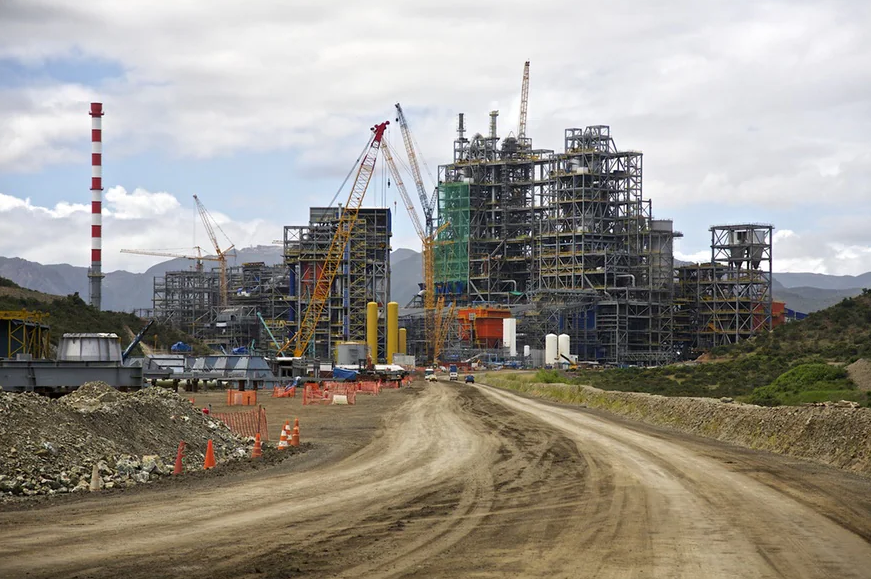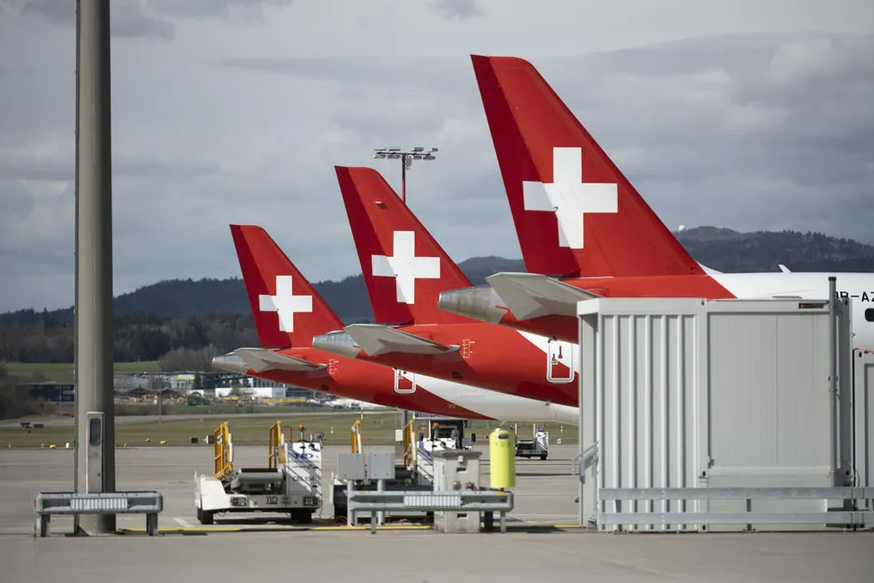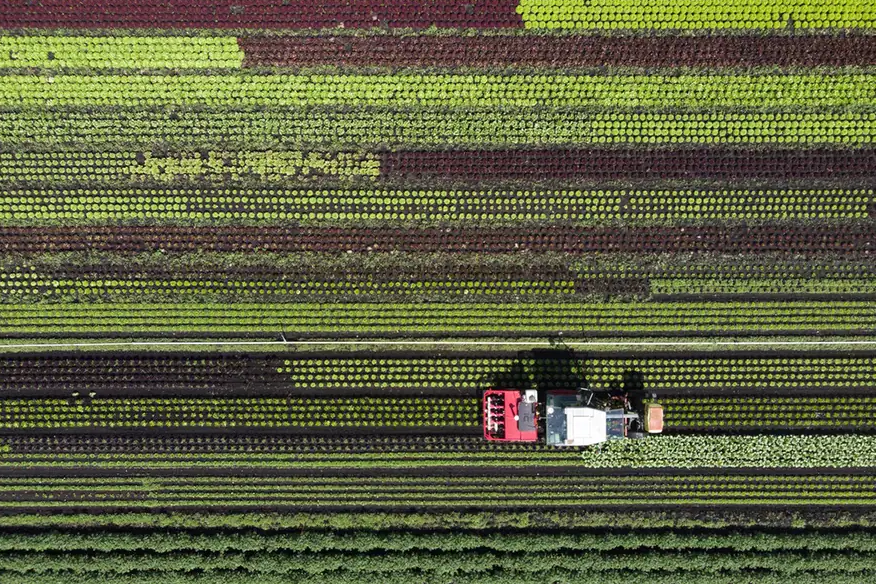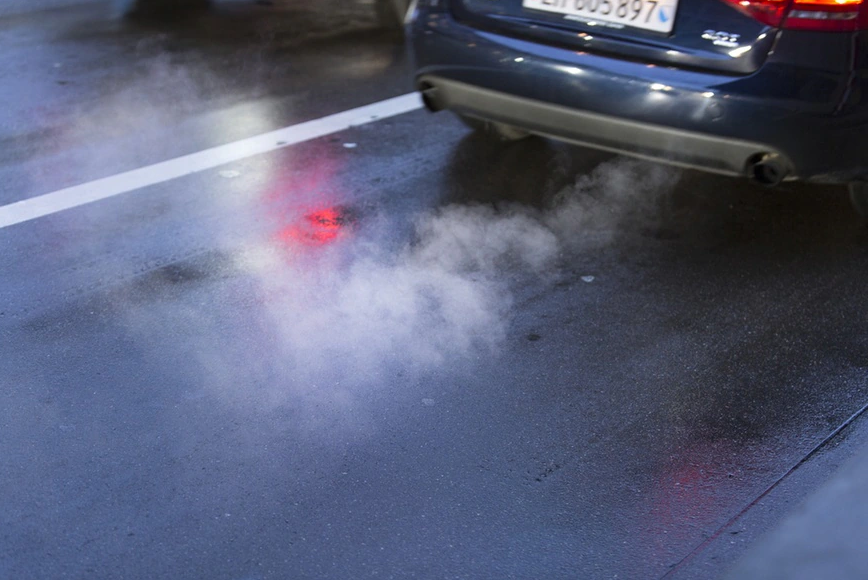Massive nickel mining projects are underway on New Caledonia. Last year, plans to sell a major nickel mine to a foreign consortium led by Trafigura faced major local opposition. © Biosphoto / Thibaut Vergoz – Droit Géré – Oeuvre Protégée Par Copyright – – – – Electric car manufacturers and other green energy companies are trying to get a grip on their mineral supply chains. In doing so, they are bringing commodity traders out from the shadows. To meet global climate change targets, demand for minerals and metals like cobalt, copper, and nickel used in green technologies like rechargeable batteries is expected to rise exponentially. The International Energy Agency (IEA) estimates that more than six times more mineral input will be needed to achieve net-zero
Topics:
Swissinfo considers the following as important: 3) Swiss Markets and News, 3.) Swissinfo Business and Economy, Featured, Multinationals, newsletter
This could be interesting, too:
RIA Team writes The Importance of Emergency Funds in Retirement Planning
Nachrichten Ticker - www.finanzen.ch writes Gesetzesvorschlag in Arizona: Wird Bitcoin bald zur Staatsreserve?
Nachrichten Ticker - www.finanzen.ch writes So bewegen sich Bitcoin & Co. heute
Nachrichten Ticker - www.finanzen.ch writes Aktueller Marktbericht zu Bitcoin & Co.

Massive nickel mining projects are underway on New Caledonia. Last year, plans to sell a major nickel mine to a foreign consortium led by Trafigura faced major local opposition. © Biosphoto / Thibaut Vergoz – Droit Géré – Oeuvre Protégée Par Copyright – – – –
Electric car manufacturers and other green energy companies are trying to get a grip on their mineral supply chains. In doing so, they are bringing commodity traders out from the shadows.
To meet global climate change targets, demand for minerals and metals like cobalt, copper, and nickel used in green technologies like rechargeable batteries is expected to rise exponentially. The International Energy Agency (IEA) estimates that more than six times more mineral input will be needed to achieve net-zero greenhouse gas emissions by 2040. Demand could rise 40-fold for some materials like lithium.
But as companies cash in on the mineral boom, scepticism abounds about the sustainability credentials behind big mining projects, billed as essential for the green energy transition. Many minerals are concentrated in just a few countries, and the search to secure what’s left of them is taking firms to more remote regions such as the high Andes and the Arctic, creating new social and environmental challenges.
“A green shift can be used as an argument for establishing a new industry that leads to the repression of indigenous people’s business practices,” Aili Keskitalo, president of the Sami parliament, told an audience at the Swiss Green Economy Symposium (SGES) a couple weeks ago. The Sami people, the only officially recognised indigenous peoples in Europe, have been fighting the construction of the world’s first zero-emissions electrified copper mine in northern Norway.
Lawsuits, violent protests and public outcry over the rapid expansion of mining projects in many parts of the world have led electric car makers and green energy firms to further scrutinise their mineral and metal supply chains. LawsExternal link proposed by the European Union are an added impetus for battery makers to address social risks in the battery supply chain.
A key link in the chain are Swiss commodities companies such as Glencore, Mercuria and Trafigura that mine, process, ship, and sell metals. Some 60% of international trade in base metalsExternal link like zinc, copper, and aluminium is handled in Switzerland, with some like Glencore also involved in extraction. Even if they never touch Swiss soil, many metals and minerals, especially for smaller mines, pass through the hands of Swiss commodity traders.
“The supply is limited. The industry as a whole and Glencore in particular, is working hard to develop the pipeline of projects to meet the demand,” said Anna Krutikov, head of sustainable development at Glencore during a panel discussion at the SGES. “As we are looking to supply new materials, the risk of cutting corners is front and centre in people’s minds.”
As green tech firms like Tesla take these risks more seriously, many are attaching strict traceability and sustainability criteria to the sourcing of raw materials that has ripple effects on metal traders.
Cobalt dilemma
Nowhere are the responsible sourcing challenges more apparent than in the Democratic Republic of Congo (DRC). And few metals are fraught with more sourcing problems than cobalt. More than 60% of cobalt – a by-product of copper and nickel mining – comes from the DRC, of which an estimated 15-30% is from artisanal and small-scale mining known as ASM. Cobalt is an essential component in rechargeable lithium-ion batteries that power smartphones, laptops and electric cars.
Numerous reports have documented unsafe working conditions in ASM as well as widespread child labour and security concerns. In 2019, a human rights group filed a lawsuit on behalf of Congolese families accusing tech giants Tesla, Apple, Microsoft and others of “aiding and abetting” mines exploiting child labour to source cobalt. The lawsuit also named Glencore and claimed the tech companies should have known that cobalt coming from mines operated by the company and others were using forced child labour.
In response, some electric car and battery manufacturers have threatened to stop sourcing from the DRC, others are excluding ASM cobalt from their supply chains entirely, and some are adopting a heavier hand in managing the risks associated with cobalt production.
In 2020, Tesla signed a deal with Glencore, which operates two cobalt mines in the DRC, for 6,000 tonnes of cobalt that meet Tesla’s “social and environmental standards”. In August, Glencore signed other deals with electric car maker Britishvolt and a Norwegian battery maker to supply “ethically sourced cobalt”.
Differing views
Such deals have led Glencore and Trafigura, which have a huge stake in the rising demand for cobalt, to invest heavily in creating a traceable, responsibly sourced supply of cobalt. But the different ways they are going about it reveal the challenges associated with quickly cleaning up the supply chain.
Glencore keeps a clear separation between ASM and industrial production. The company doesn’t buy from ASM in the DRC because there are too many risks involved and it is the world’s largest industrial producer of cobalt, Glencore spokesperson Sarah Antenore told SWI swissinfo.ch.
The company is investing in improving the situation for small-scale miners through the Fair Cobalt Alliance, which brings together partners in the value chain to improve working conditions and eradicate child labour in ASM.
Trafigura, which has the rights to market and sell all cobalt produced DRC-based company Chemaf, has a different approach. The company signed a deal this year to buy ASM cobalt from the Entreprise Générale du Cobalt (EGC), which was launched in March by the DRC government to purchase, process and sell all ASM cobalt in the DRC.
James Nicholson, who heads corporate responsibility at Trafigura, argued in a recent presentation to the Antaike Battery Metals ConferenceExternal link that it is “illogical and counterproductive to exclude ASM from cobalt production”.
In partnership with various NGOs, Trafigura is setting up artisanal mining zones that include social and environmental controls based on the EGC responsible sourcing standardExternal link. The deal with the EGC also includes a major traceability effort involving special tamper-proof bags and blockchain technology.
While companies are making big investments, some NGOs and industry-watchers worry that there is no industry-wide standard that can be used to hold companies accountable.
“The fact that there are two or even more theories on how to improve the situation around responsible sourcing of ASM cobalt from the DRC shows that the industry isn’t fully aligned nor is it fully invested in improving the situation in the DRC,” said Dorothée Baumann-Pauly. She heads the Geneva Center for Business and Human Rights and has been working with the Global Battery Alliance and its participants to develop a common responsible sourcing standard for ASM cobalt.
Big opportunities
Despite progress by Glencore and Trafigura, the commodity industry still lags behind many other sectors when it comes to addressing risks in the supply chain. According to a recent studyExternal link of 25 commodity firms by the Responsible Mining Foundation, only 23% have social and environment due diligence in place and even fewer disclose supplier compliance to expectations.
The Swiss government has been trying to rein in the sector, but corporate watchdogs argue that voluntary guidelines have had little impact. This was one reason behind calls for mandatory due diligence in the Responsible Business Initiative, which narrowly failed a nationwide vote last November.
There is still a long way to go, says Pauly. Some companies are setting up tracing projects for specific commodities, but most companies are not able to map all their commodity supply chains to the source. “Expectations for transparent supply chains will only grow in the future. The commodity trading industry understands these expectations but is not yet fully prepared to meet them,” said Pauly.
The massive opportunities to capitalise on the demand for “decarbonisation metals” may end up being the key lever to change the sector, according to Gerard Reid, a former investment banker who now advises green energy companies with the firm Alexa Capital. This is especially true as European firms look to suppliers outside China, which controls a growing share of the mineral markets. China already processes some 90% of cobalt and it has bought stakes in major mining projects for nickel, zinc and copper.
But more is going to be expected of traders when it comes to anti-corruption, carbon emissions tracking, and labour rights protections. “They have to increase transparency,” said Reid. “That’s what’s required these days. Otherwise, the customers will go elsewhere.”
Tags: Featured,Multinationals,newsletter








